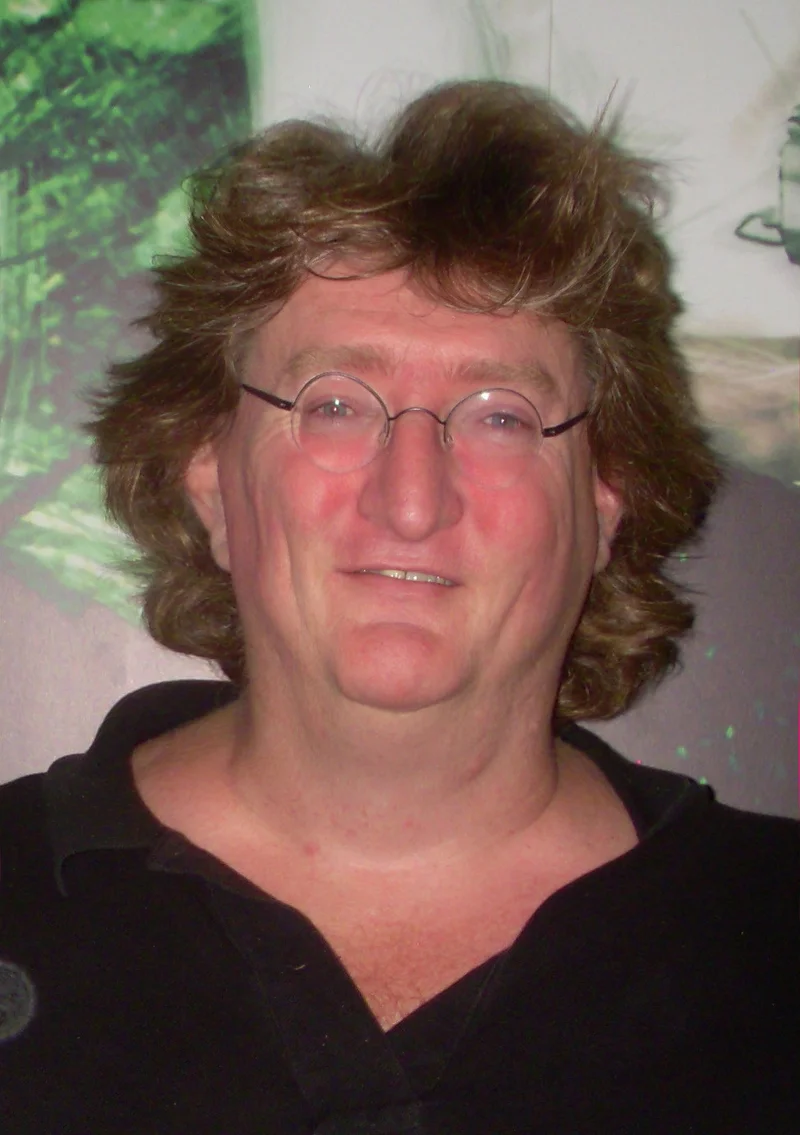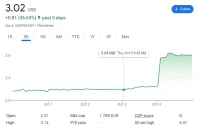Generated Title: Gabe Newell's Yacht: A Floating Case Study in Misaligned Incentives?
The tech world loves a good vanity project, and Gabe Newell’s new 364-foot (111-meter) yacht, Leviathan, certainly qualifies. But beyond the sheer scale, the details emerging about its design and purpose raise some interesting questions about priorities, particularly in light of Valve's other recent hardware announcements.
The narrative is that Leviathan is a crew-centric vessel, designed to foster community and boost productivity. Newell is quoted saying the goal is to "consider where the most valuable experiences occur for the community of people onboard," and that increasing crew productivity allows them to focus on engaging with guests. It sounds great, right? But let's dig into the data.
Questionable Metrics
The yacht features a communal dining area for 54 people, a gaming lounge with 15 stations, and shared recreational spaces. All designed to foster a sense of community. Okay, but what's the quantifiable benefit here? How does a communal dining area translate to increased crew productivity? Are we measuring output per crew member, or guest satisfaction scores? The sources remain conspicuously silent on specific metrics.
The article mentions design choices aimed at reducing maintenance: synthetic decking instead of teak, bead-blasted stainless steel railings. These are presented as crew-centric decisions, freeing them from repetitive tasks. Fair enough. But let's be real: these choices also reduce operating costs for Newell. It’s a win-win, sure, but framing it solely as altruism is a bit rich. And this is the part of the report that I find genuinely puzzling, the lack of hard data.
The Inkfish Connection
Then there's the yacht's role as a scientific research platform for Newell’s Inkfish organization. A dive center, lab, and hospital replace the standard beach club. Newell argues that yachts have "great potential to serve as platforms for scientific research." Again, the sentiment is laudable, but what kind of research? What's the budget allocation for these scientific endeavors versus the overall cost of operating a 364-foot superyacht? Yacht Leviathan Owner Gabe Newell Has a Vision Unlike Any Other
We're told the yacht has a 3D printing workshop, enabling the crew to create spare parts. This is presented as a benefit for scientific work but is also a cost-saving measure. It reduces reliance on external suppliers and streamlines repairs.

The problem isn't that these design choices are bad. It's that the narrative surrounding them feels carefully constructed to deflect from the obvious: this is a billionaire's toy, albeit one with a few unusual features.
A Broader Context
It’s all happening in the shadow of Valve’s renewed push into hardware. The Steam Deck has been a success, and now they're announcing a new Steam Machine, a VR headset (Steam Frame), and an updated Steam Controller for 2026.
The Steam Machine, a small console intended for living rooms, is presented as a way to access your Steam library on your TV. The Steam Frame, a standalone VR headset, promises to stream any game from your library. And the new Steam Controller aims to be "high-performance" and "ergonomic."
What's the correlation, if any, between Newell’s focus on crew wellbeing on his yacht and the design of Valve’s new hardware? Are they applying the same "people-centric approach" to game development and hardware design? Or is the yacht a separate indulgence, a distraction from the core business? It's difficult to say definitively, given the limited data available.
But if you look at the history, previous versions of both the Steam Controller and Steam Machine were released in 2015 and discontinued in 2019. Valve still sells its high-end Valve Index VR system, which first came out in 2019, though it’s out of stock at time of writing. So, is the new hardware a sign of a genuine, long-term commitment, or a fleeting experiment fueled by the success of the Steam Deck? Valve surprises with 3 new hardware devices in a full-circle moment for gaming giant
The numbers don't lie, the previous hardware was discontinued after only four years. Will the new lineup fare any better?
A Cautionary Tale of Greenwashing
Gabe Newell's yacht, Leviathan, is undeniably impressive. However, the carefully crafted narrative of crew-centric design and scientific purpose rings somewhat hollow. It feels like a case study in "greenwashing," or perhaps "blue-water-washing," where the image of social responsibility is used to soften the edges of conspicuous consumption. The real question is whether this focus on appearance distracts from Valve's core mission: delivering innovative and engaging gaming experiences.










